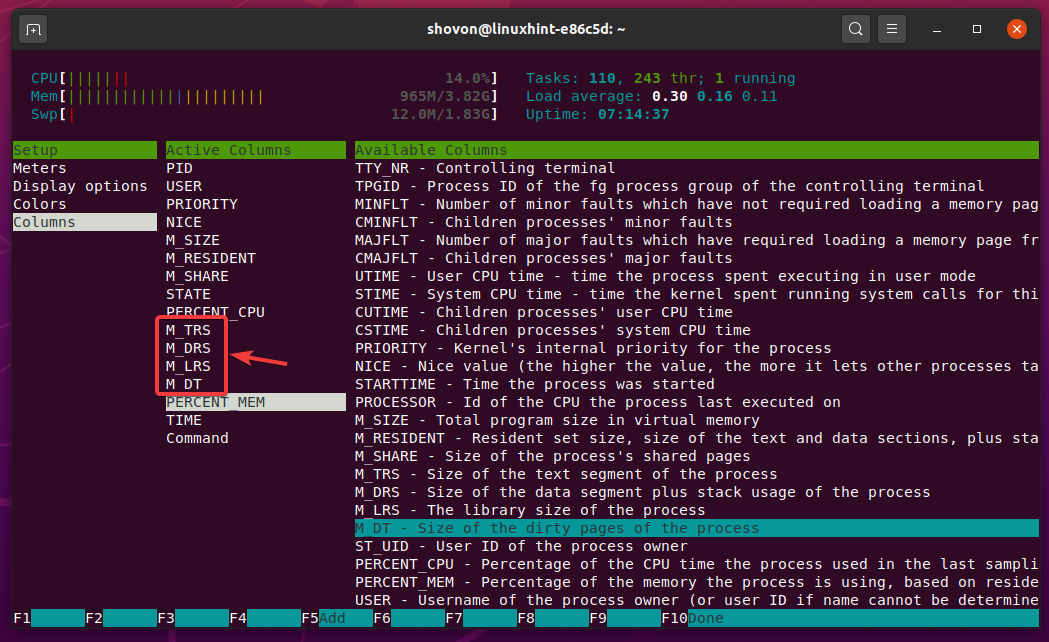

Typically, this process is a device driver waiting for some resource to be free. They can’t be interrupted until they complete their current action. These aren’t sleeping, but performing a blocking system call. b: The number of processes in uninterruptible sleep.They’re either running or waiting for their next time-sliced burst of CPU cycles. r: The number of “runnable” processes.There are a lot of data points in that report, so we’ll break them down: This is the output without the wrap-around: procs -memory-swap-io-system-cpu.

It gives you a report on a variety of swap-related statistics based on the average values since the last reboot. You can use the vmstat command to take a deeper dive into how your swap space (or virtual memory) is being used. RAM and swap space work closely together. It’s impossible to have a good understanding of the way RAM is used in your Linux box without an appreciation of the state of your swap space. RELATED: How to Use the free Command on Linux The vmstat Command You can also use the following nifty trick we tweaked from one of our readers to see the percentage of swap space that is used: free -m | grep Swap | awk ''



 0 kommentar(er)
0 kommentar(er)
